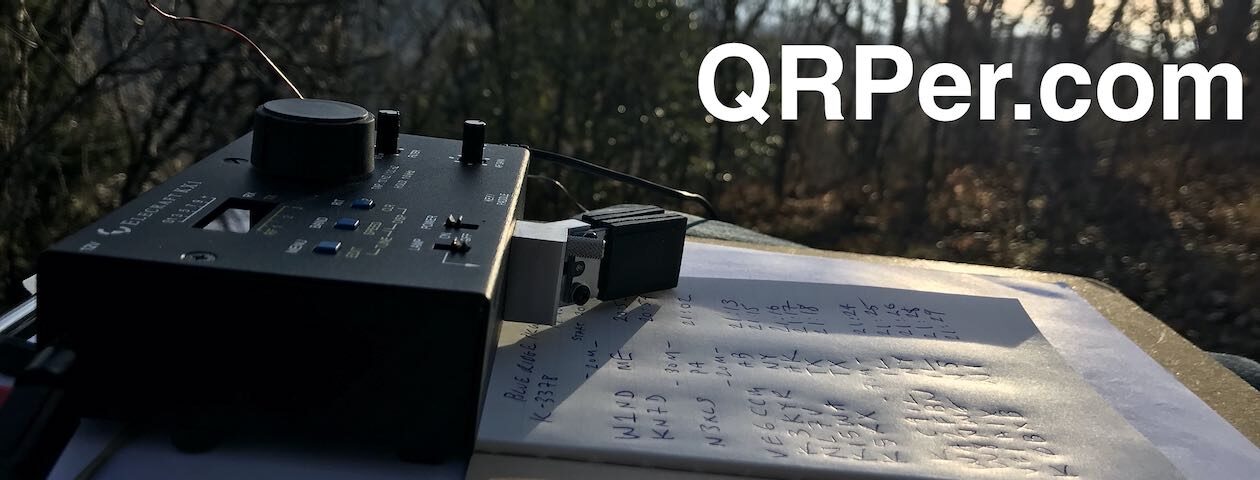by Thomas (DM1TBE)
Intro
If you have read my previous activation reports, you may remember that the temperature was more often than not below 0° C / 32° F. I am tired of the winter. So I was very pleased when the weather forecast indicated 18° C / 64° F on a Saturday.
In one of my previous posts (How I found the best antenna for my SOTA/POTA activations) I have outlined, that I like using the 30-meter band for being reliable on short and medium distances – in my case, Central Europe. However, I wanted to try an activation with an antenna that is more appropriate for DX. The wire winder for my 30-meter antenna had plenty of space left, so I decided using a commercial 12/17-meter band wire antenna that I have discussed briefly in the report linked at the beginning of this paragraph.
The day before, I built a 20-meter end-fed with parts that I found in my basement and a tiny 1:49 transformer from K6ARK. I added a short coil, so the feed point wouldn’t be at or too close to the ground when using my 10 m / 33 ft fiberglass mast. I know it needs some polish.
The Limburg
The Limburg is a conical summit about a 30-minutes drive from my home. It can be activated for a couple of programs like SOTA (DM/BW-110), POTA (DA-0203), WWFF and COTA.
The Limburg is, or better was, a volcano; technically, a volcanic vent of the Swabian Volcano, a volcanic area of 50 km / 31 mi radius with over 350 volcano vents. Seventeen million years ago, it produced massive gas and dust explosions. Be careful when ramming your antenna groundspike into the ground ;-). So it became a steep summit, elevated around 200 m / 650 ft over its surrounding area.
Earliest traces of population around the summit date to 3000–1800 BC.
Around the year 1050 Duke Berthold I., picture below, built one of the oldest Romanesque castles on the top of the summit. It was the seat of the House of Zähringen, who were related to the House of Hohenstaufen, about whom I wrote in an activation report here earlier: DM1TBE Field Report: Shivering with 18 WPM on the ruins of the medieval Hohenstaufen Castle
Around 50 years later, his son Berthold II. built a new castle some 150 km / 90 mi away and moved the seat of the family. Shortly thereafter, the castle was destroyed (probably, nobody knows exactly). It was rebuilt and destroyed again in 1130 and rebuild again. After the year 1150 a new, larger castle was built not too far away and this castle lost its importance and, eventually, gave up. Continue reading A story about a gluttonous dragon, a princess, a knight, and many DX contacts to the US from a volcano in Germany















































